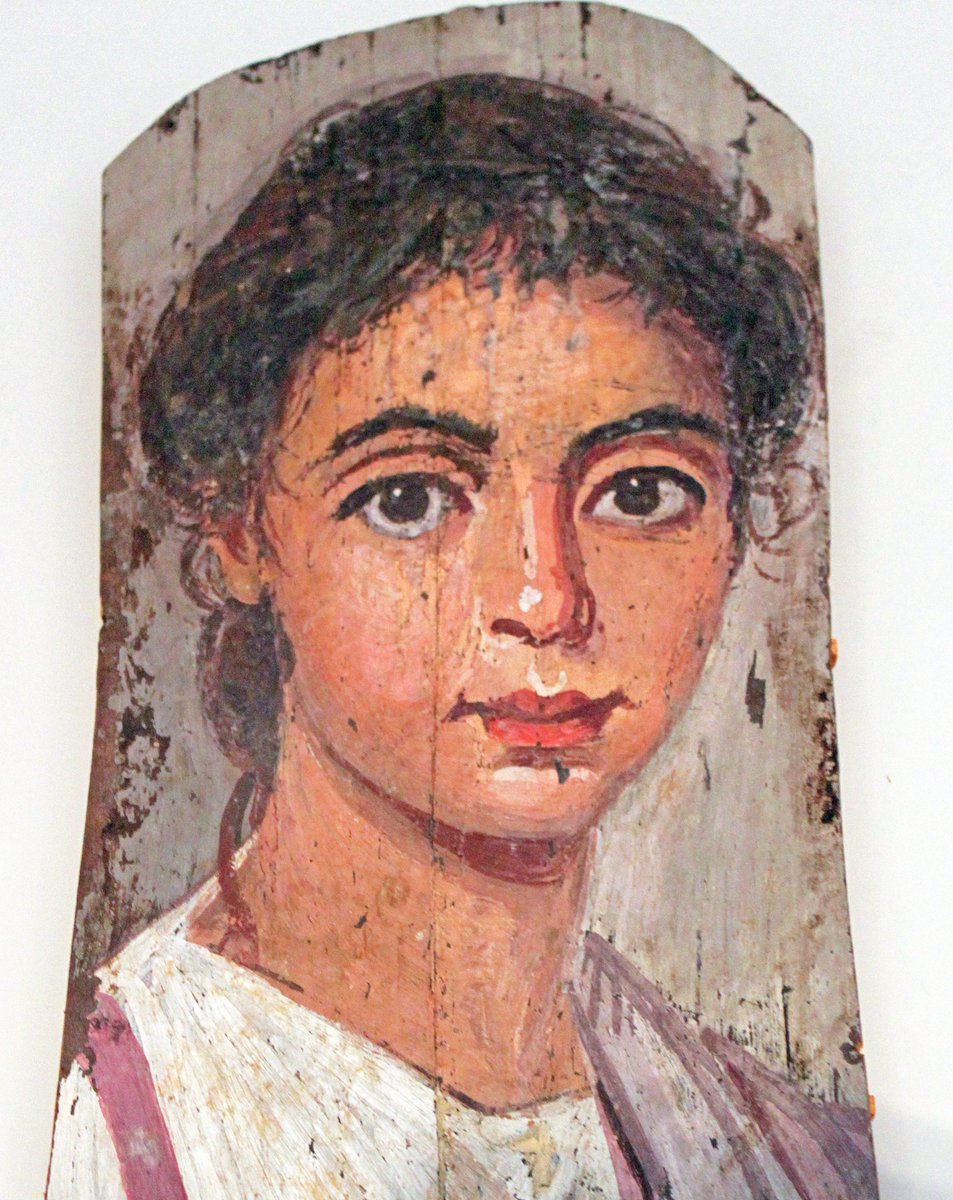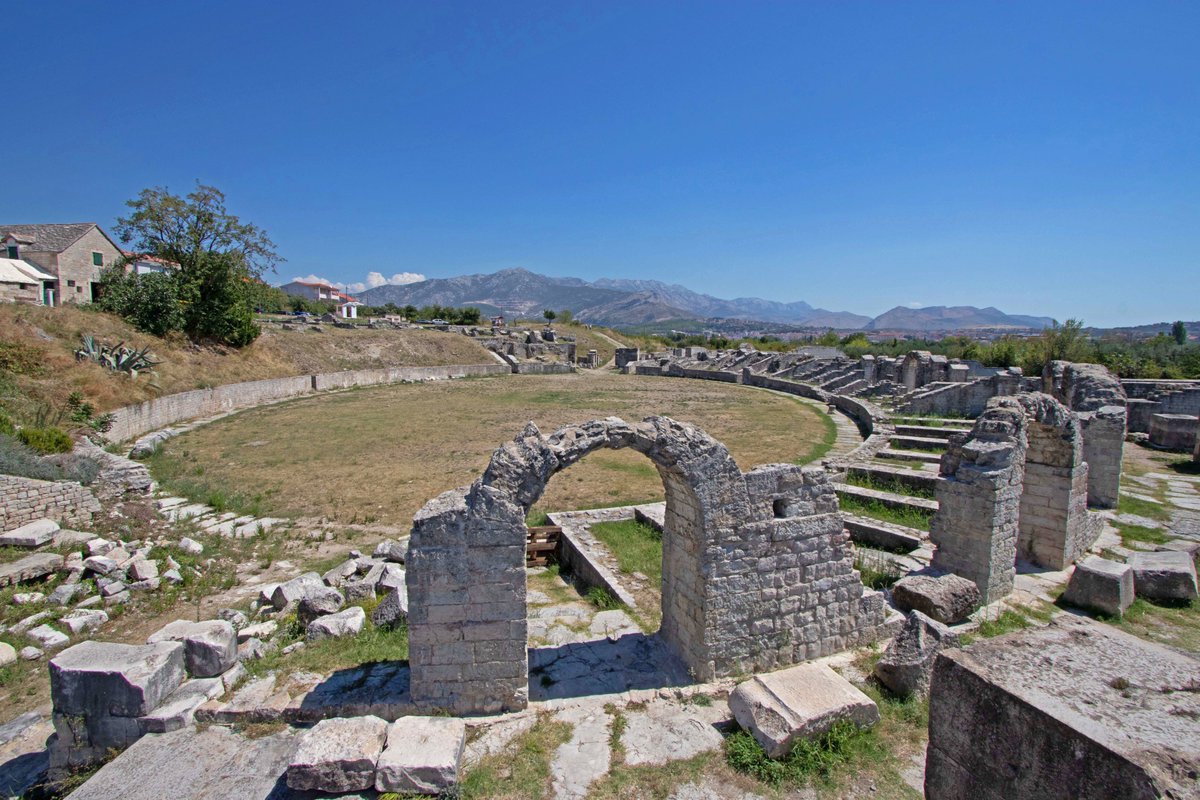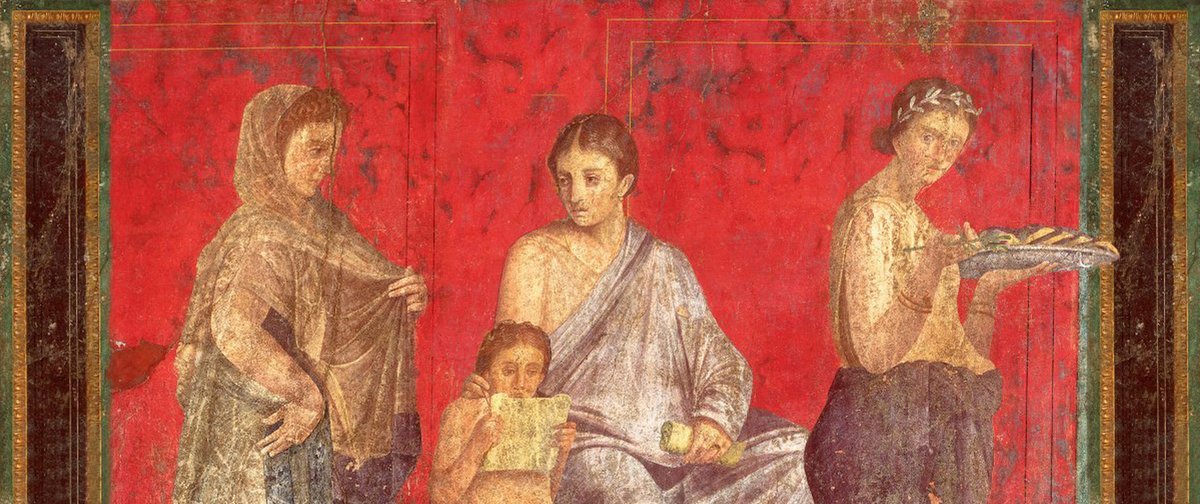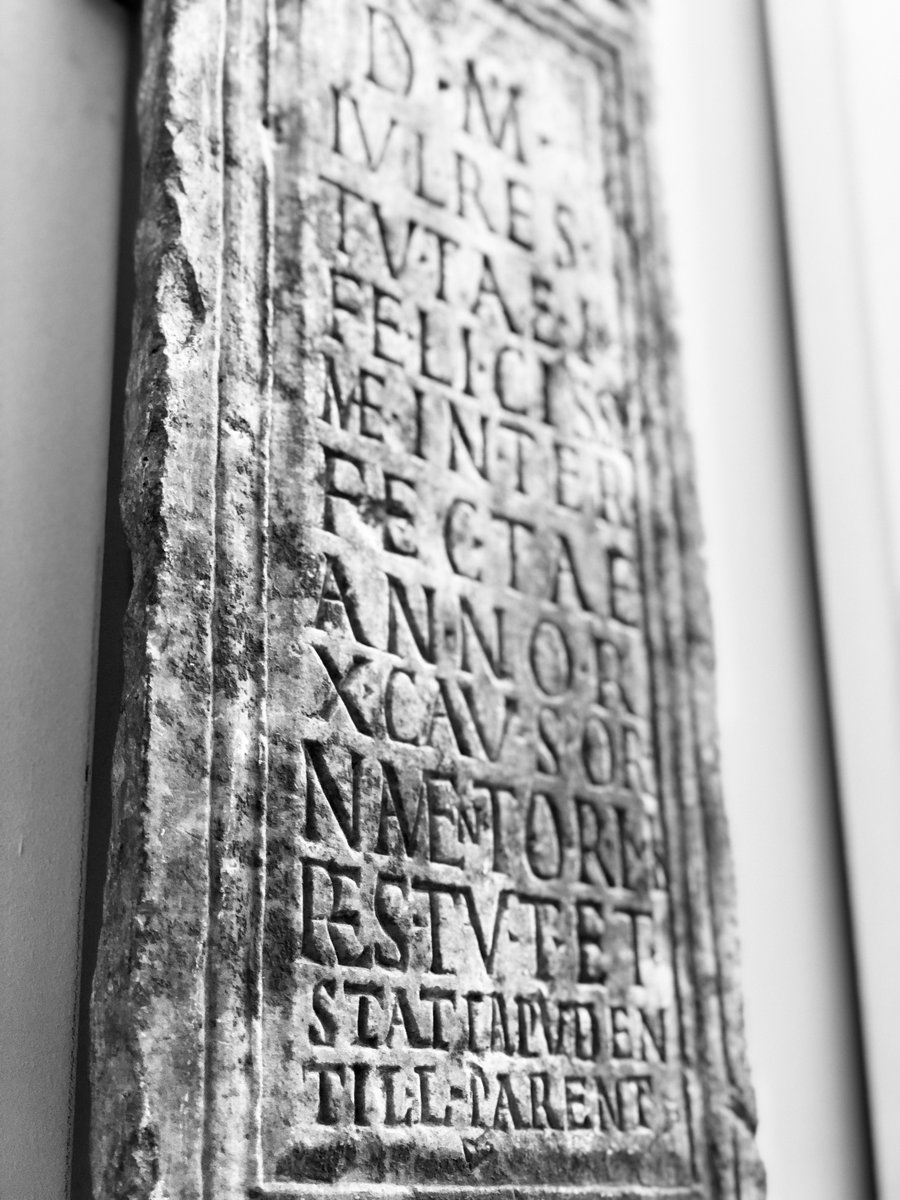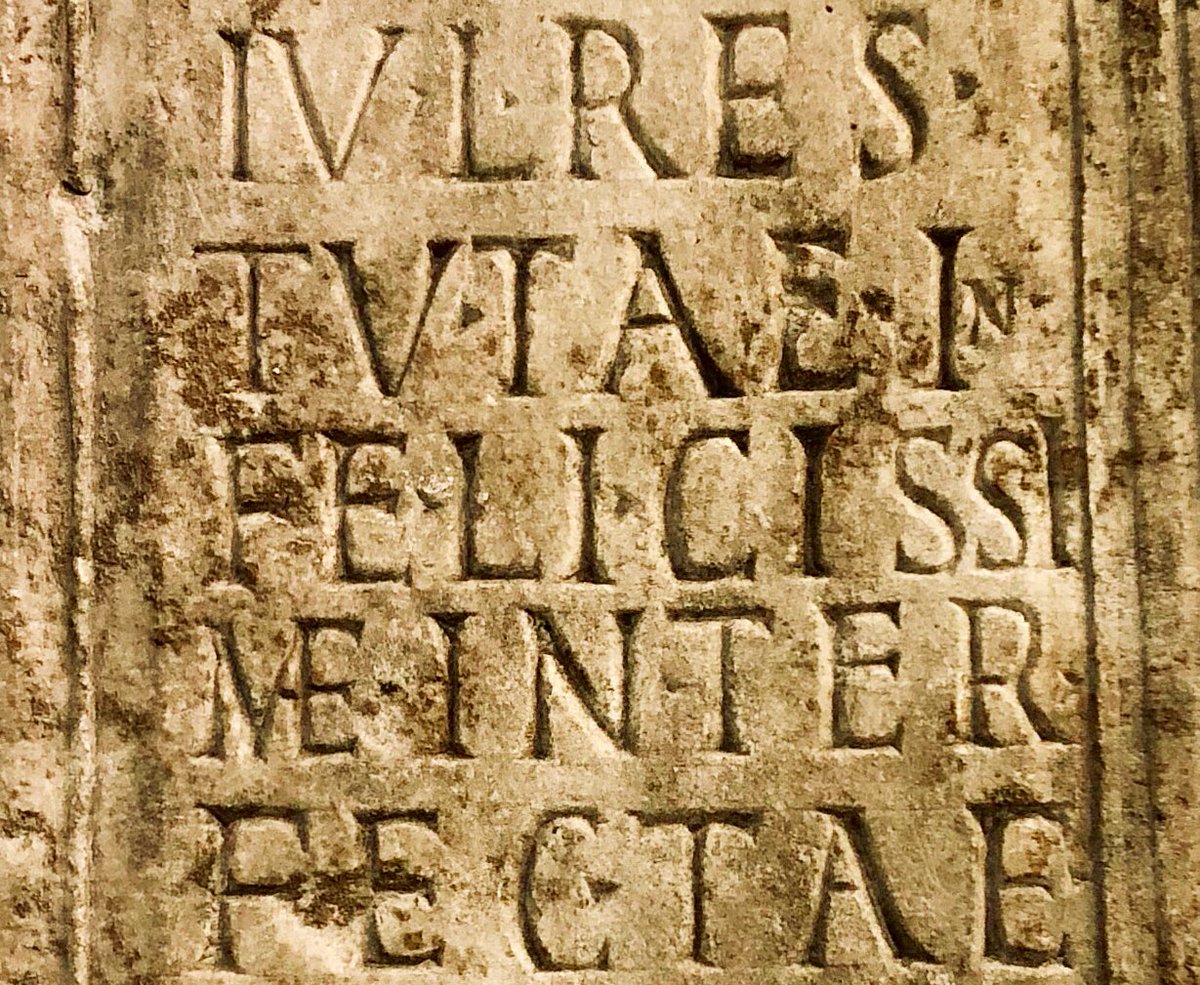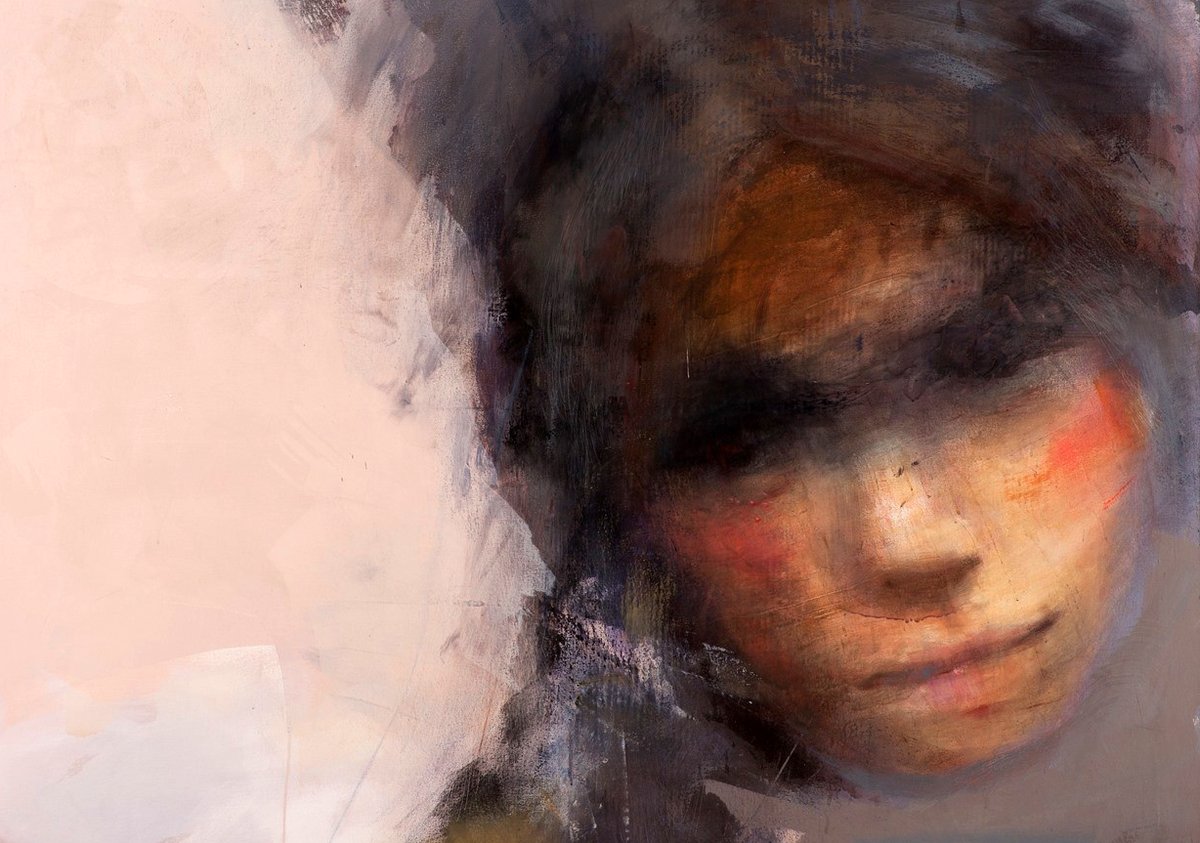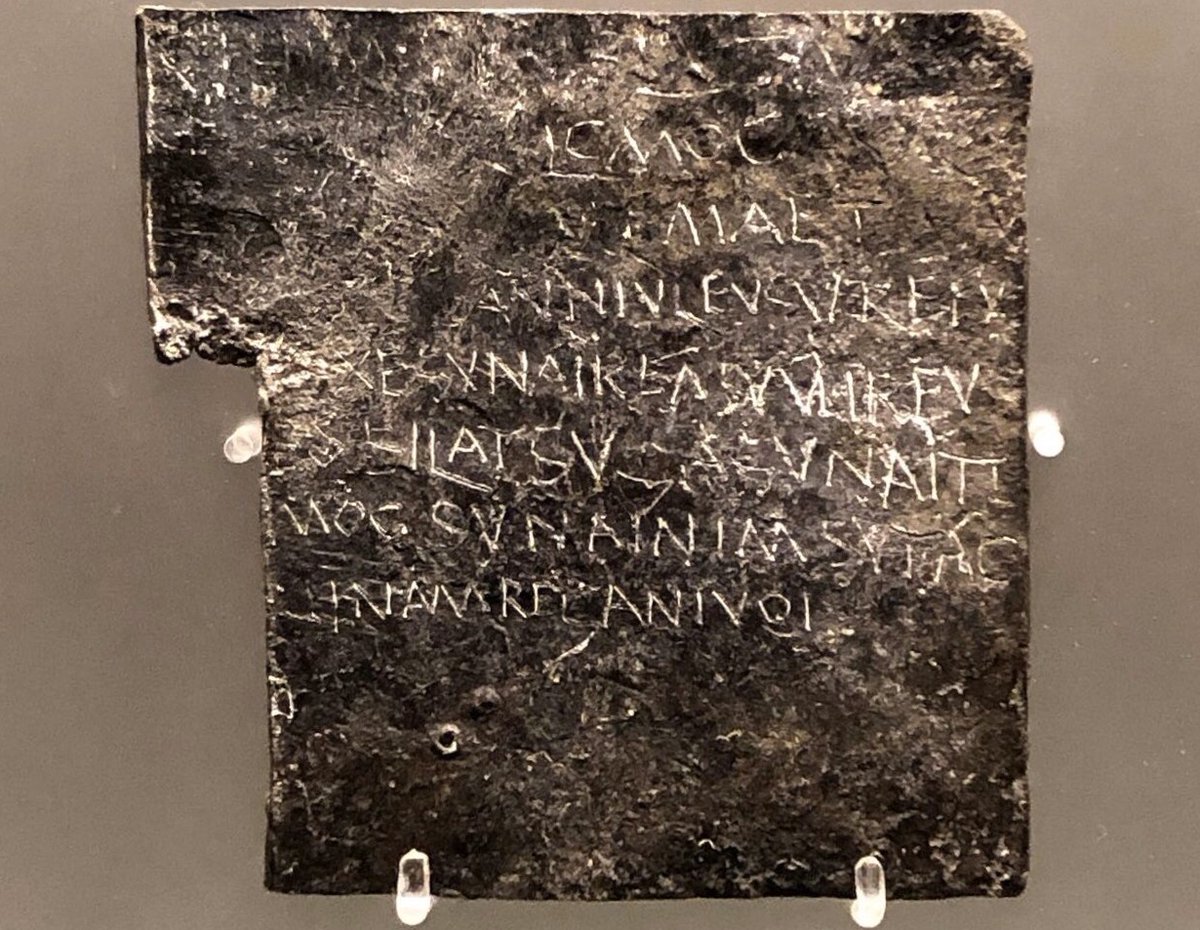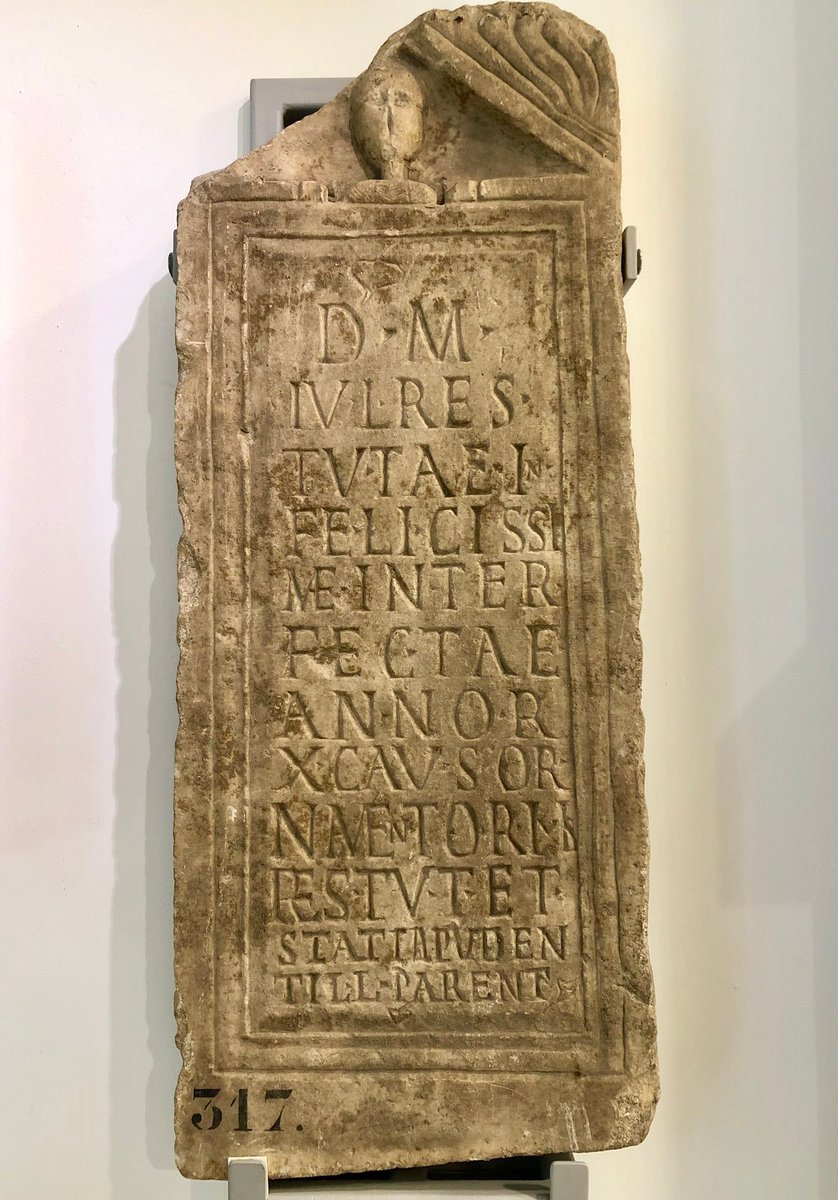1) It& #39;s easy to forget that the ancient world was made up of real people with familiar hopes and fears; where life for many was a daily struggle against poverty, crime and disease. Let& #39;s remember one of them: Julia Restuta was a young girl that lived almost two millennia ago...
2) Julia lived in the ancient city of Salona, capital of the Roman province of Dalmatia (modern-day Croatia) - overlooking the Adriatic coastline. The city was a prosperous and bustling metropolis with a forum, theatre, amphitheatre, aqueducts and many public baths...
3) As a well-placed crossroads of trade and ideas, during Julia& #39;s lifetime the city was also becoming a centre of worship for an obscure eastern cult calling themselves Christians. A bishop named Domnius and his followers would be executed in Salona& #39;s amphitheatre in 304 AD..
4) Julia lived at Salona with her father Julius and her mother Statia, who both adored their young daughter. The proud parents even had enough wealth to buy Julia some jewellery, like bracelets and necklaces, to show that she was loved and from a successful family...
5) Julia’s mother and father both tried to keep their young daughter safe from the dangers of the city. As well as the trappings of clean water, public baths and entertainment - the city also offered muggers, drunks, violent mobs, pimps and disease..
6) Sadly, when she was just 10 years old, the fates would catch up with Julia and her family. Likely finding herself alone one night on the streets of the city, Julia& #39;s gravestone records that she was "killed for her jewellery"..
7) The brief epitaph for "unfortunate Julia" (infelicissima) reveals nothing more about her murder and stops short of naming a culprit. It is also possible that Julia was killed on the open-road going to or from the city, where highway robbers were a common worry for travellers..
8) Julia& #39;s parents lived in a world with no police force or state judicial system to help victims of crime, where townsfolk were largely expected to protect themselves. What recourse would Julius and Statia have had after the murder of their daughter?...
9) Julius may have been able to appeal to the two leading magistrates of the town, the duumvirs, or one of the lesser magistrates known as aediles, for help in catching his daughter& #39;s killers - likely a time-consuming process, mired in bureaucracy. Similarly..
10) If he was able to pinpoint a suspect himself and could raise enough funds to hire an advocate, he could bring a private case against the accused which would be heard in the city& #39;s basilica; an expensive, drawn-out and unpredictable option...
11) In reality, it was up to the victim’s family to gain retribution for murder, especially for the poorer in society. The term ‘vendetta’ comes from the Latin ‘vindicta’ meaning ‘retribution’. Julia& #39;s father may have gathered a vigilante group to avenge his young daughter...
12) Julius and his wife Statia would no doubt have also appealed to the gods for help in avenging their daughter. Curses were taken seriously and it is very possible that they would have carved a curse onto a sheet of lead, calling on a deity to strike down Julia& #39;s murderer..
13) One thing Julius and Statia could do was pay for a stone grave-marker for young Julia, with an epitaph that broke with convention by bluntly describing her cause of death – robbery and murder - something rarely seen on Roman grave memorials...
14) "Killed at the age of 10 for her jewellery" (interfectae annorum X causa ornamentorum) - might we detect in this terse description, the understandable anger and helplessness of her parents - a hint that those responsible had not been brought to justice?
15) In memory of 10-year-old Julia Restuta, whose gravestone (late 2nd-early 3rd century AD) is on display at Zagreb Archaeological Museum, Croatia. #Roman #History #Croatia #RomanDeath #Crime #Punishment #Law (Paintings by Ilgvars Zalans and Agnes Cecile)

 Read on Twitter
Read on Twitter